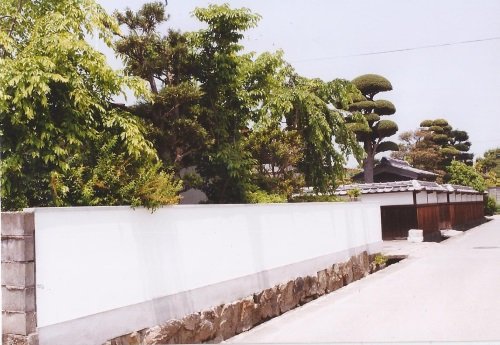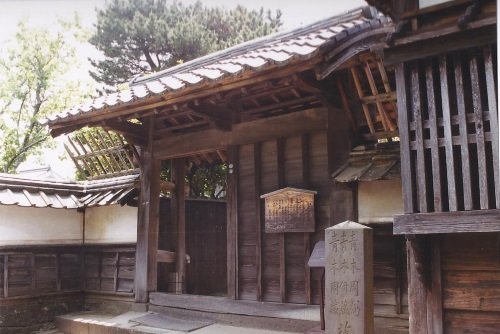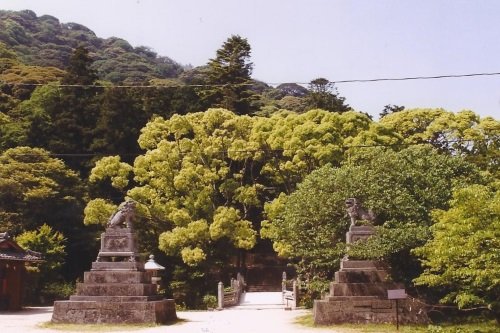Hagi Castle Town
is one of the 23 components that make up Japan's "Modern Industrial Heritage Sites in Kyushu and Yamaguchi"-nomination for 2015. Together they aim to represent the first successful transfer of industrialization from the West to a non-Western nation. The old town of Hagi is not exactly the most representative location among the 23: the others are industrial sites related to shipbuilding, iron and steel industries and coal mining. According to the Nomination Dossier, "the highly regulated structure of its feudal urban layout" supposedly is a sign "of the inherent capacity of the well-organized Japanese society to rapidly embrace and implement technological change".
Hagi housed the feudal lords of the Kyushu-Yamaguchi region, ending with Lord Takachika Mori (1819-71) who is associated with the proto-industrial trials around Hagi. The site includes the ruins of Hagi castle and many original buildings and streets in the
well-preserved town
, which has avoided the natural disasters that Japan is so prone to.

|
I visited Hagi on my first trip to Japan, in the year 2000. I did so on a day trip from Hiroshima. Hagi was (and probably still is) way off the beaten track. It is situated at the northern coast of Honshu Island, and it took me 2 hours on a bus and a train to get there. The ticket seller even had to ask twice if I really wanted to go there. "Hagi in Yamaguchi district you mean?" The charm of old Hagi proved to be easy to find however. Most of its historical buildings lie in the old samurai neighbourhoods. Long, whitewashed walls that line the streets are characteristic for this area. Some of the old houses are still lived in, others are museums. I started at the spacious
house of the Kikuya family
of Merchants.

|
Not far from there lies the cute little temple Ensei-ji. It is a combination of a Shinto shrine and a Buddhist temple. Besides the usual colourful ticket and a brochure in English, they also provided me with a poster of Hagi. And there were more gifts to come: at the little restaurant where I ate my noodle lunch, the owner gave me a pumpkin to take with me that easily weighed 1.5kg. With the extra weight in my backpack but amazed by Japanese hospitality, I further explored Hagi. I walked a few km along the coast to the Hagi Castle ruins. Only the moats and walls survive til today. It is located in the pleasant Shizuki Park, where the green spring colours attributed to my very bright outlook on this corner of Japan. The connection to a possible future industrial WHS however totally passed me by.
This Japan Times article
makes an attempt to clarify what Hagi means to the Japanese mind. Next year we will find out if that is enough to convince the international cultural community.



